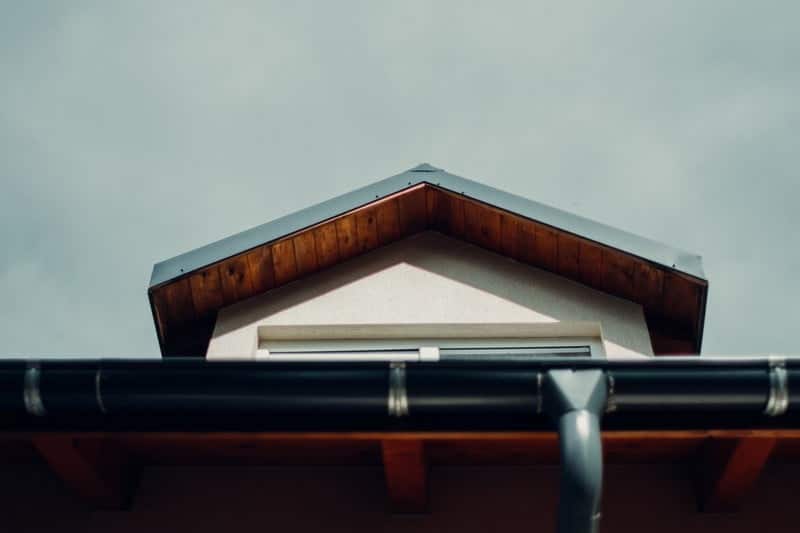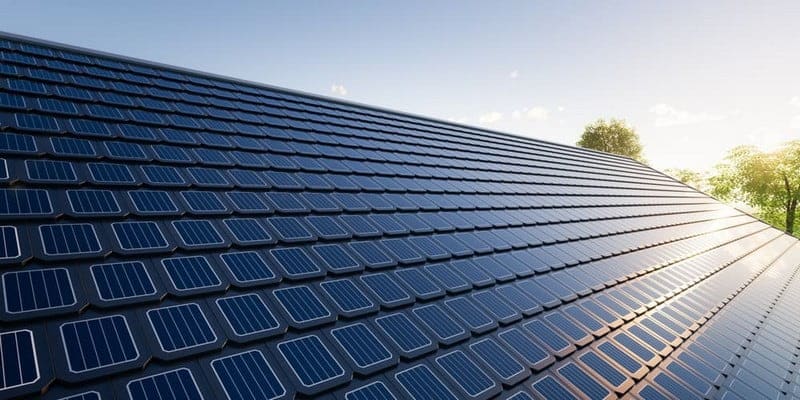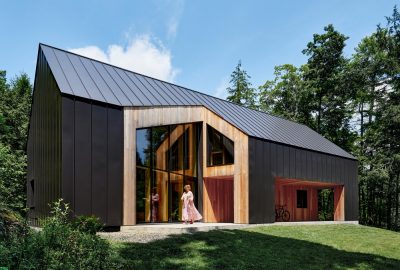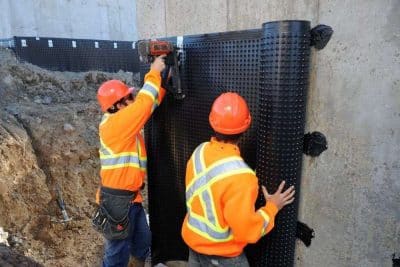The evolution of architecture is a fascinating journey that intertwines creativity with engineering prowess. Among the myriad components of a building, the roof sits atop as both protector and style element. Over the centuries, various innovations have transformed roof construction, enhancing durability, aesthetics, and energy efficiency. While early roofs were primarily functional, contemporary designs utilize advanced materials and techniques that serve practical purposes and express architectural identity. In this exploration, we will uncover groundbreaking innovations that have revolutionized roof construction and set new standards in the industry.

The Shift from Thatch to Modern Roofing Materials
Historically, roofs were made from readily available natural resources. Thatch roofs, composed of straw or reeds, offered basic protection but required constant maintenance. As communities evolved, so did their building materials. The introduction of slate and clay tiles marked a significant milestone in roofing. These durable options provided excellent waterproofing and required less upkeep than thatch.
By the late 19th century, the industrial revolution brought new materials like asphalt and metal into the mix. Asphalt shingles became a popular choice in the mid-20th century, primarily due to their affordability and ease of installation. This shift made roofing accessible to the average homeowner and led to a standardization of design within suburban housing. With the advent of synthetic materials, roofs became lighter and offered enhanced longevity, thereby setting the stage for innovations.
Embracing Metal Roofs for Longevity and Aesthetics
Metal roofs emerged as a leading innovative solution in residential and commercial architecture. They are celebrated for their durability, with lifespans often exceeding 50 years. As folks behind Umbrella Roofing explain, these roofs are resistant to extreme weather conditions, fire, and pest infestation. Metal roofing systems have advanced considerably, evolving from crude sheets of iron to fully integrated systems designed for maximum efficiency.
Another major advantage is their energy efficiency. Metal roofing reflects solar radiant heat, translating into significant savings on energy bills. Recent studies have shown that houses with metal roofs can reduce cooling costs by up to 25%. In light of these benefits, many are now opting for metal roofs for their homes, signaling a shift towards sustainable building practices.
Sustainable Roof Designs: Green Roofing and Living Roofs
The concept of green or living roofs has taken the architecture world by storm. These roofs incorporate living vegetation and soil, creating a habitat that offers numerous ecological benefits. Green roofs improve air quality and biodiversity and provide excellent insulation. They help manage rainwater runoff and reduce urban heat, contributing to a more sustainable environment.
They can enhance property value while contributing to energy efficiency. Green roofs require specialist knowledge for installation and maintenance. Their long-term benefits significantly outweigh these initial challenges. Various cities worldwide have adopted regulations or incentives to encourage green roofs as part of sustainable urban planning.
Incorporating Solar Technology into Roof Design
As sustainability becomes a priority, integrating solar technology into roof design is gaining momentum. Traditional roofing materials are now being paired with solar panels, providing homeowners and businesses with an option to generate their own energy. Building-Integrated Photovoltaics (BIPVs) represent a new wave in solar roofing. These systems seamlessly blend solar cells into traditional roofing materials, maintaining aesthetic appeal while still providing functionality.
The advancements in solar technology have made it more cost-effective, encouraging adoption rates. A significant benefit is the long-term reduction in energy costs, along with the possibility of tax incentives for renewable energy sources. As technology improves, we can expect even more innovative ways to incorporate solar solutions into roof designs.
Versatile Roof Shapes and Structures
The shape of a roof holds structural significance, and contemporary architecture is witnessing a move towards more unique and complex designs. Traditional gabled or hipped roofs are being replaced with innovative shapes like domes, canopies, and green slopes that contribute to a building’s aesthetic appeal and functionality. These new forms serve various purposes, from improving airflow to enhancing natural light entry.
Structural advancements such as the use of trusses and cantilevers allow architects greater freedom in their designs. The manipulation of design and structure reveals an understanding of both engineering challenges and aesthetic value. The practical approach to design eliminates unnecessary materials while optimizing the strength of the roof.
The Role of Technology in Roof Construction Planning
The rise of technology has impacted the architectural industry profoundly, particularly in roof construction planning. Building Information Modeling (BIM) has transformed how architects and contractors design and execute roofing projects. BIM allows for precise virtual modeling of roofs, identifying potential issues before construction begins. This reduces trial and error, saving time and money.
Drones have become invaluable tools in the roofing sector. They provide detailed aerial inspections of existing structures and work sites, enabling professionals to gather data quickly and efficiently. These tech advancements offer enhanced safety for workers and ensure that projects are executed correctly the first time. The fusion of technology and roofing innovation is paving the way for more efficient processes and superior outcomes.
Future Innovations in Roof Construction
As we continue to push the boundaries of architectural innovation, the future holds promising advancements in roof construction. Innovations such as self-healing materials, which can repair minor damages autonomously, and aerogel insulation, known for its remarkable thermal barrier properties, are on the horizon. These new technologies aim to improve longevity and sustainability further.
Urban environments are evolving with smart roofs that incorporate sensors to monitor weather conditions, allowing homeowners to adjust their buildings’ environment proactively. As the architectural landscape evolves, it will be exciting to witness how these future innovations will shape our rooftops, enhancing both function and form.

The continuous evolution of roof construction techniques stands as a testament to human ingenuity. With each innovation, architects and builders reimagine what roofs can achieve, blending practicality with artistry. Today’s roofs are no longer mere coverings, they symbolize sustainability, innovation, and a commitment to improving our built environment. As technology advances, roofs are becoming smarter and more efficient, incorporating features like energy generation, water management, and enhanced durability. This progress protects our homes and contributes to environmental responsibility and the quality of life. The future of roofing promises even greater integration of design and function, reflecting our ongoing dedication to building better, more resilient structures.








